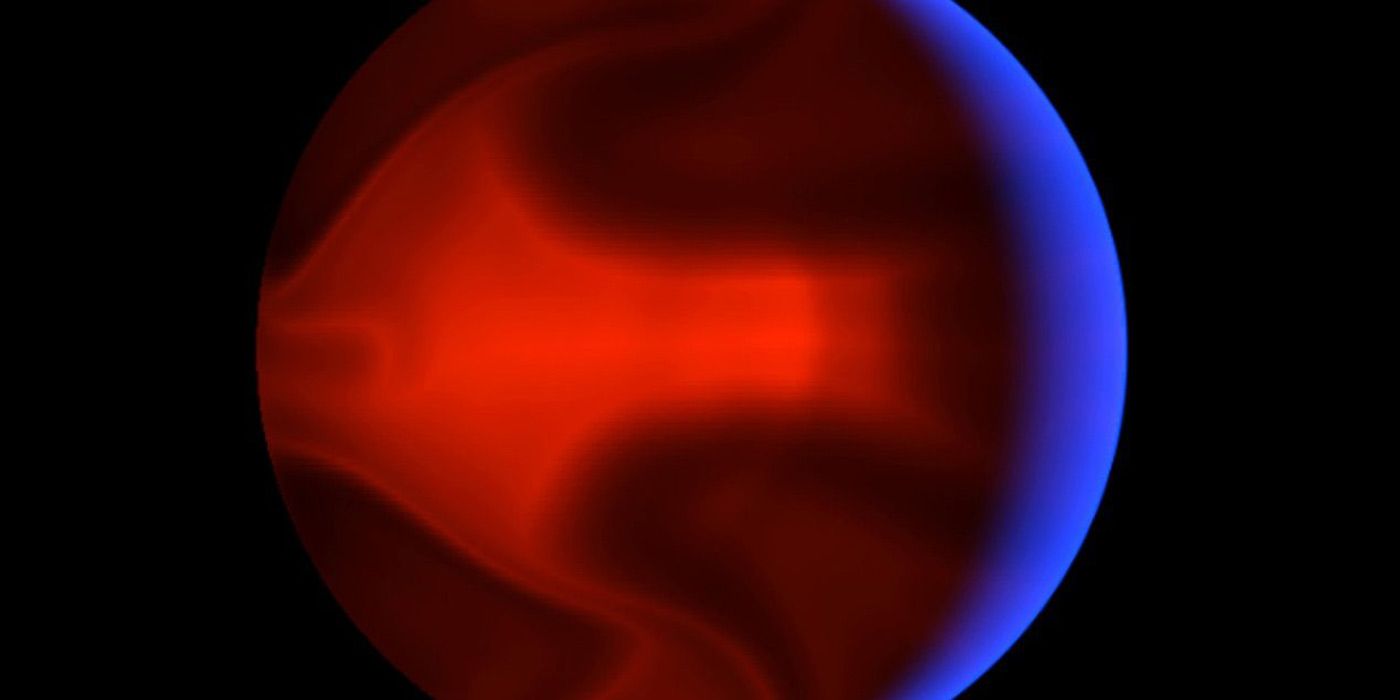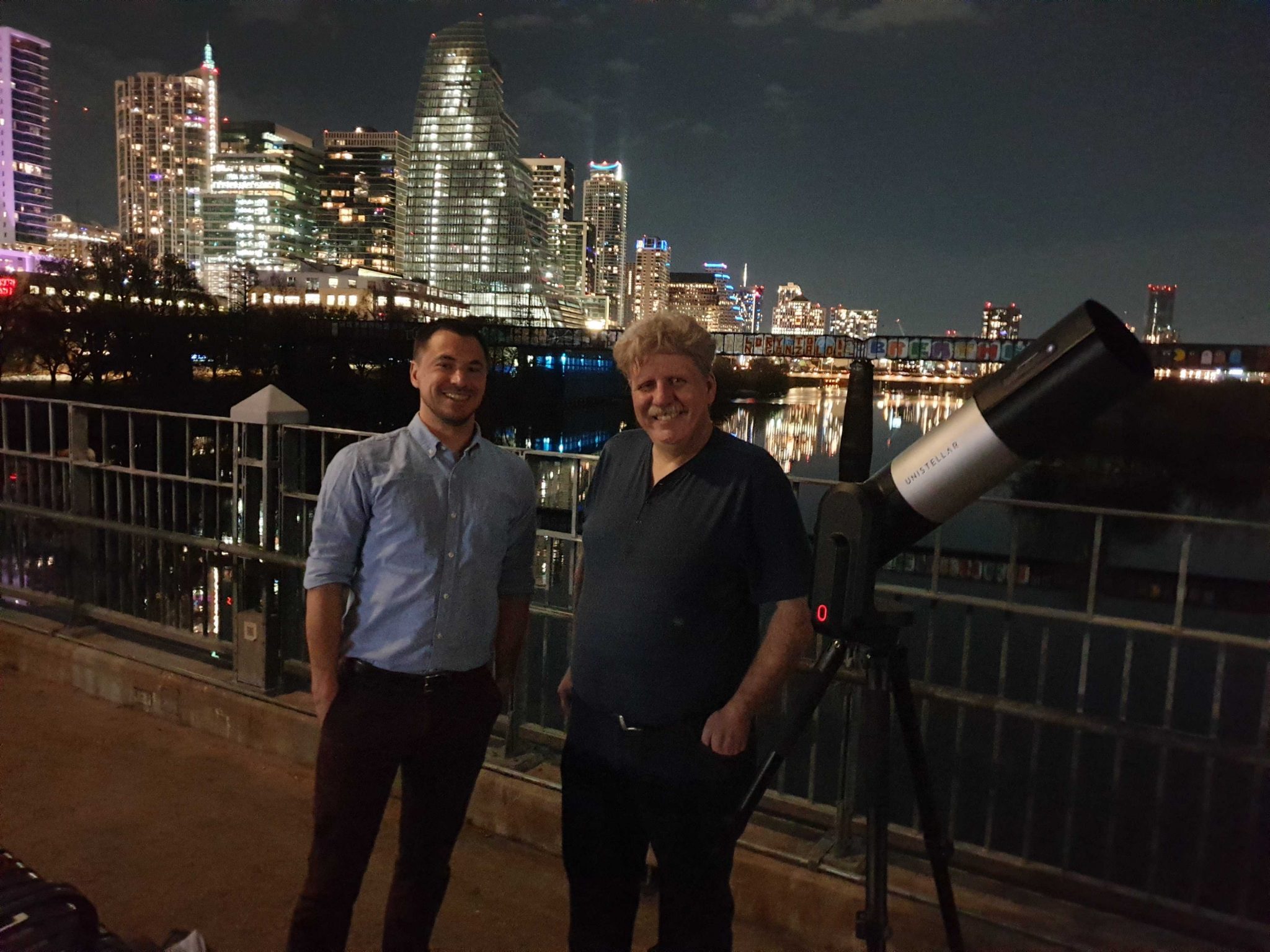
A team of Unistellar citizen scientists recently completed a marathon observation of a Jupiter-sized exoplanet as it transited its star. The only independent group to see and record the full transit, Unistellar Network members teamed up across time zones and continents to catch the so-called “Roasted Planet” during one of the few times it was visible from Earth. Data from the observations will be put to use in just a few months as the powerful JWST space telescope gears up for its own observation of the exoplanet.
The observers’ target was an exoplanet named HD 80606 b, which was discovered in 2001. The planet has one of the most eccentric, or oblong, orbits ever found among exoplanets, taking it far away from its Sun-like star before swooping in for a close pass that heats the gaseous exoplanet to thousands of degrees Fahrenheit. The planet’s nickname comes from those close passes, which NASA says creates ”howling, supersonic winds and shockwave storms” as its atmosphere is flash-heated by the star’s energy.
Beginning on December 7, 2021, HD 80606 b made a transit, meaning it passed between its star and Earth. The event meant that astronomers here were able to observe the exoplanet’s shadow and gain crucial information about its orbit. That orbital information is especially important right now because HD 80606 b will be observed by NASA’s JWST during its first year of science observations, which could begin by late 2022. With improved data on the planet’s orbit, astronomers can make better use of the telescope’s valuable time.
 Tom Esposito (left), Unistellar Space Science Principal, with Mike Primm, one of the Unistellar Citizen Astronomers who detected the exoplanet transit.
Tom Esposito (left), Unistellar Space Science Principal, with Mike Primm, one of the Unistellar Citizen Astronomers who detected the exoplanet transit.During the Unistellar observation, seven observers across the Northern Hemisphere pointed their eVscopes toward Ursa Major, where the exoplanet was set to pass in front of its host star 217 light-years away. It was no simple task, though. The users had to coordinate their efforts over 27 hours, passing observing duties from Europe to North America, to Japan and back to Europe as the Earth’s rotation took the exoplanet in and out of view. But, at the end of the transit, the team came away with one complete dataset, and became the only group of citizen astronomers to independently observe this event in its entirety.
Their target star dimmed by just one percent as the exoplanet passed in front of it, but that is more than enough for astronomers to put together light curves that give updated information on how quickly HD 80606 b is orbiting its star. With that data in hand, professional astronomers will be prepared for their upcoming observations of the exoplanet with the MIRI spectrograph on the recently launched space telescope, which could happen as soon as November 2022. The new orbit information could translate to precious JWST research time saved, and perhaps even better results from the observations!
Animation of Unistellar observations showing star HD 80606’s dimming caused by planet b’s transit (Unistellar/SETI Institute/T. Esposito).
Work is also in progress by NASA’s Exoplanet Watch team to incorporate Unistellar data into a broader analysis with data from other telescopes and provide more precise guidance for the JWST planning effort. Unistellar is a participant in the larger Exoplanet Watch project: a citizen science effort to monitor transiting exoplanets to ensure the efficient use of large NASA telescope resources (e.g., JWST and the Hubble Space Telescope).
When the JWST observation happens, we expect to learn more exciting information about the world, possibly including the composition of its atmosphere, as well as more about the flash heating process it undergoes when passing extraordinarily close to its star.
Want to find and observe transits yourself? Start with Unistellar’s quick tutorial on finding and observing exoplanets, and then check out our exoplanet transit predictions page to see when one will be visible near you. Better yet, gather your friends and try to find one together!
This article was originally published at unistellaroptics.com





